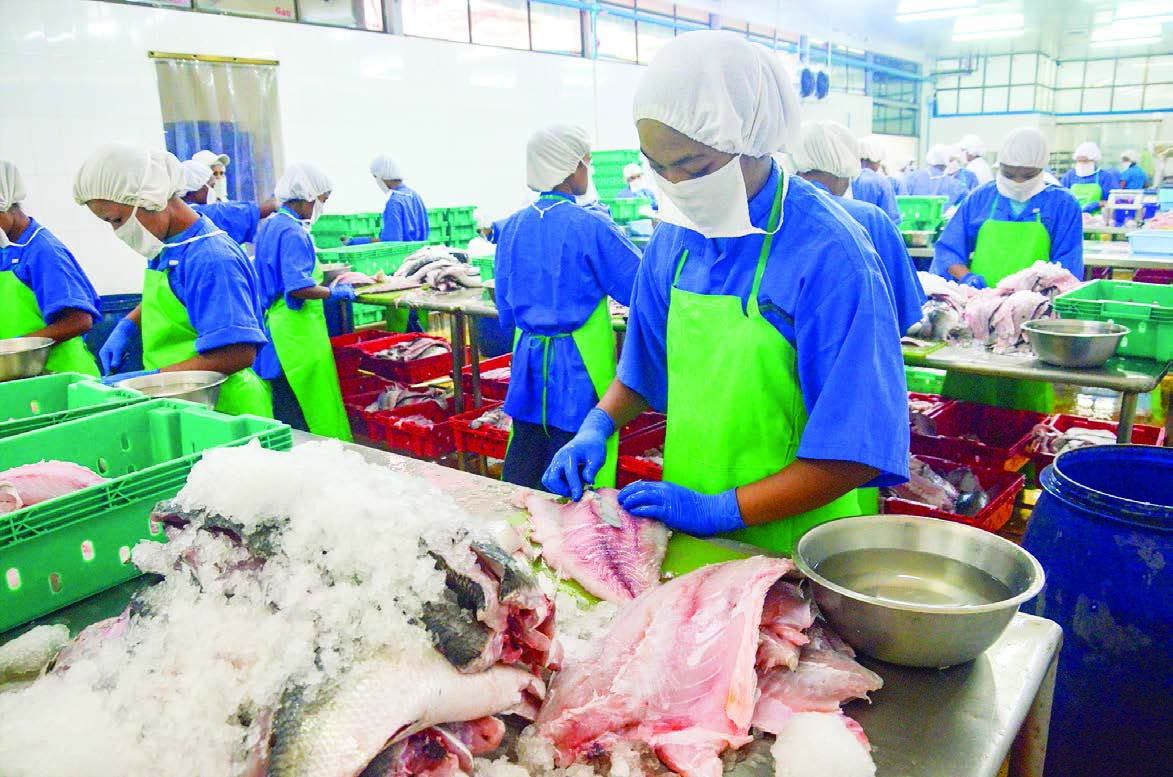12 Aug
BILATERAL trade between Thailand and Myanmar through the Hteekhee border in the past ten months reflected a decrease of $494 million as against a yearago period.
Between 1 October and 31 July in the 2019-2020 financial year, the figures sharply fell to US$1.65 billion from $2.145 billion registered in the year-ago period, according to the data from the Commerce Ministry.
During the past ten months of the current budget year, exports through the Hteekhee border stood at $1.61 billion, while imports fell short of $39.89 million.
Exports of natural gas from Taninthayi Region have contributed to the enormous increase in trade through the Hteekhee border since the previous financial year, said an official from the ministry
Earlier, the Myawady border sees the largest trade among the Myanmar-Thailand checkpoints. The rise in exports through the Hteekhee border had boosted the value of the Myanmar-Thailand border trade in the 2018- 2019FY. In the current financial year, trade values via Hteekhee also surpassed those registered at Myawady gate.
However, Myanmar’s exports of natural gas to Thailand over the past eight months of the current financial year 2019- 2020 showed a decrease of about $400 million compared with the corresponding period of 2018- 2019FY, according to the Commerce Ministry.
Of the seven borders between Myanmar and Thailand, Myeik, Mawtaung and Hteekhee have witnessed a decrease in trade in the current financial year, while the remaining borders (Tachilek, Myawady, Kawthoung and Maese) have reported an increase.
Myanmar primarily exports natural gas, fishery products, coal, tin concentrate (SN 71.58 per cent), coconut (fresh and dry), beans, corns and bamboo shoots to Thailand. This year, corn exports to Thailand rose significantly compared with the previous years, yet natural gas export drastically plunged. It imports capital goods such as machinery, raw industrial goods such as cement and fertilizers, and consumer goods such as cosmetics and food products from the neighbouring country.
Ko Htet (Translated by Ei Myat Mon)



